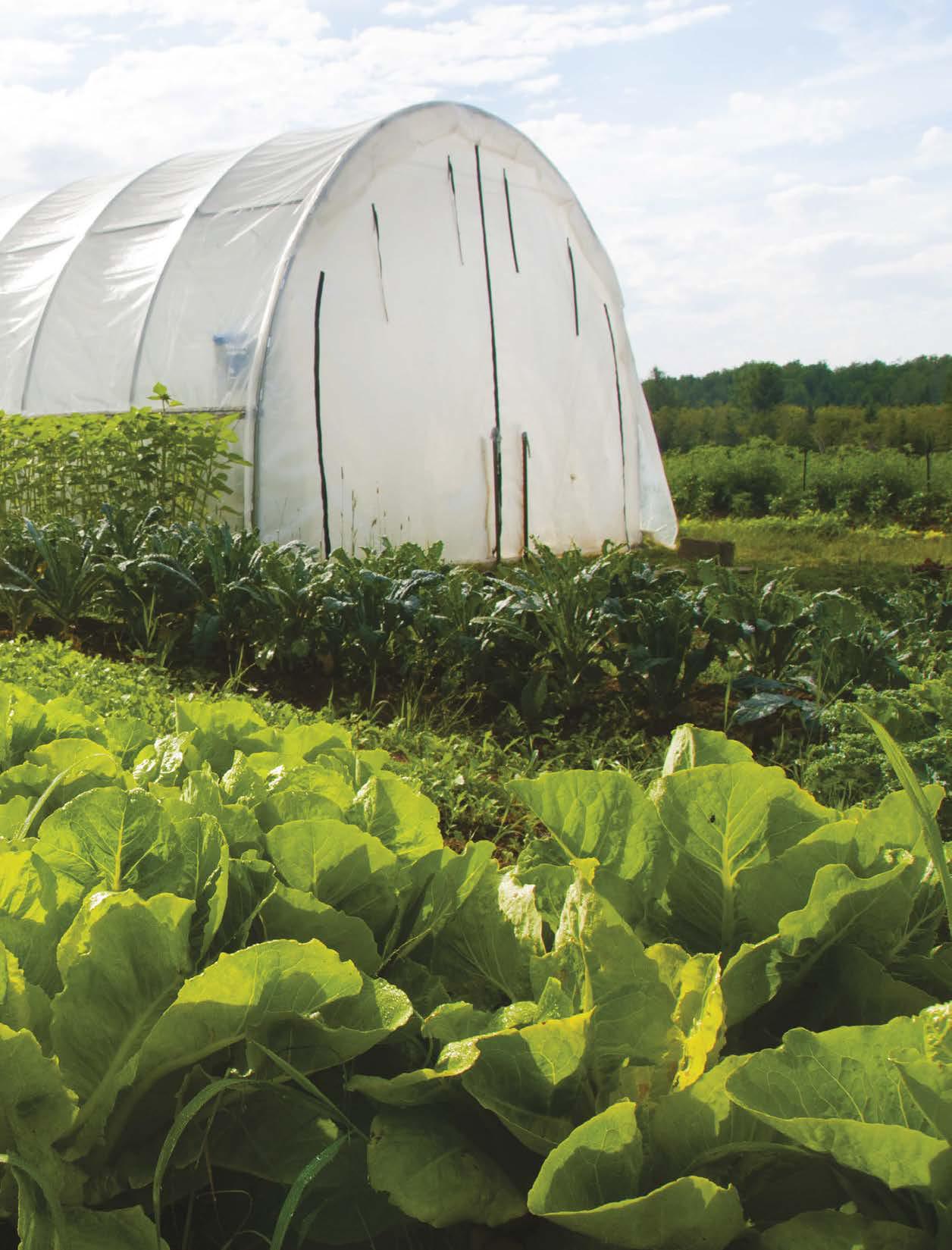
Any gardener or horticulturist with meaningful experience shopping for plants is familiar with the USDA plant hardiness zone map. (If not, check out the online version at https://planthardiness.ars.usda.gov.) Like an imposing arbiter of vegetation dispersal, the color-coded map breaks the United States and Puerto Rico into 13 zones based on the average annual extreme minimum temperature in other words, the lowest temperature each zone experiences in a typical year. Each zone is further divided into two half-zones, labeled "a" (colder) and "b" (warmer). These zones are used to label the hardiness of plants, determining whether they're suited for planting in any given region. A variety of raspberry bush, for example, might be rated for success in zones 5 through 9.
Some zones are too warm for certain plants; apple trees, for example, need a certain number of "chill hours" (below 45-degrees Fahrenheit) during the winter in order to grow properly and produce fruit. But for much of the United States, cold temperatures are arguably the greater limiting factor than heat. Cold temperatures can quickly damage and kill plants that aren't suitably cold-tolerant. But before you assume you can never grow a plant that isn't rated for survival in your hardiness zone, keep in mind the zone delineations aren't perfect. Zone borders can change over time (the last update to the map in 2012 labeled many areas half a zone warmer than the previous map), and no nationwide map can capture every local temperature nuance.
THE MAGIC OF MICROCLIMATES
The last point is worth reiterating, because it's good news for those of you with ambitious green thumbs. Just because a general region fits within one hardiness zone doesn't mean every acre of land within the region occupies that zone. A "microclimate" is exactly what its name suggests: a small area with a different climate than nearby or surrounding areas.
This story is from the {{IssueName}} edition of {{MagazineName}}.
Start your 7-day Magzter GOLD free trial to access thousands of curated premium stories, and 9,000+ magazines and newspapers.
Already a subscriber ? Sign In
This story is from the {{IssueName}} edition of {{MagazineName}}.
Start your 7-day Magzter GOLD free trial to access thousands of curated premium stories, and 9,000+ magazines and newspapers.
Already a subscriber? Sign In

The RISE of Opportunist WEEDS
Be prepared to see increasing changes in weeds we fight, such as poison hemlock and poison ivy, and in the crops we grow.

LIVESTOCK Health
Prepare yourself for how to spot symptoms of illness in your farm animals so that you can get them help before it's too late.

CUT FLOWER Farming
If you're considering growing flowers for sale, brush up on these five key things to know before diving in.

WINTER Survival
Keep your land, animals and yourself in good shape this winter with this helpful advice.

COVERAGE CONCERNS
Avoid common insurance mistakes for rural and hobby farm businesses.

FARMER'S GUIDE Berries
Set the stage for tasty strawberries, blueberries and brambles with these soil-boosting garden tips.

Preconditioning CALVES
Follow our step-by-step guide to get more money for your calves.

Soil Conservation
Often, outside of having a specific problem that needs to be addressed, soil conservation isn't something every farmer readily thinks about. Yet conserving the soil should be at or near the top of every farmer owner or manager's list of concerns because absent the prevention of soil erosion, we have the opportunity for another dust bowl.

Year-Round Lettuce & Salad Mixes
It's easy to think of salad greens as just a spring- or fall-garden crop, but it's possible to enjoy freshly harvested lettuces, mustards and more from your own garden year-round.

Barn Improvements
Days are never long enough for a farmer. From dawn to well into the night, tasks arise that often require immediate action. Having to search for tools or equipment is an enormous time waster and incredibly frustrating when you can't find what you need, especially when you know you have it.